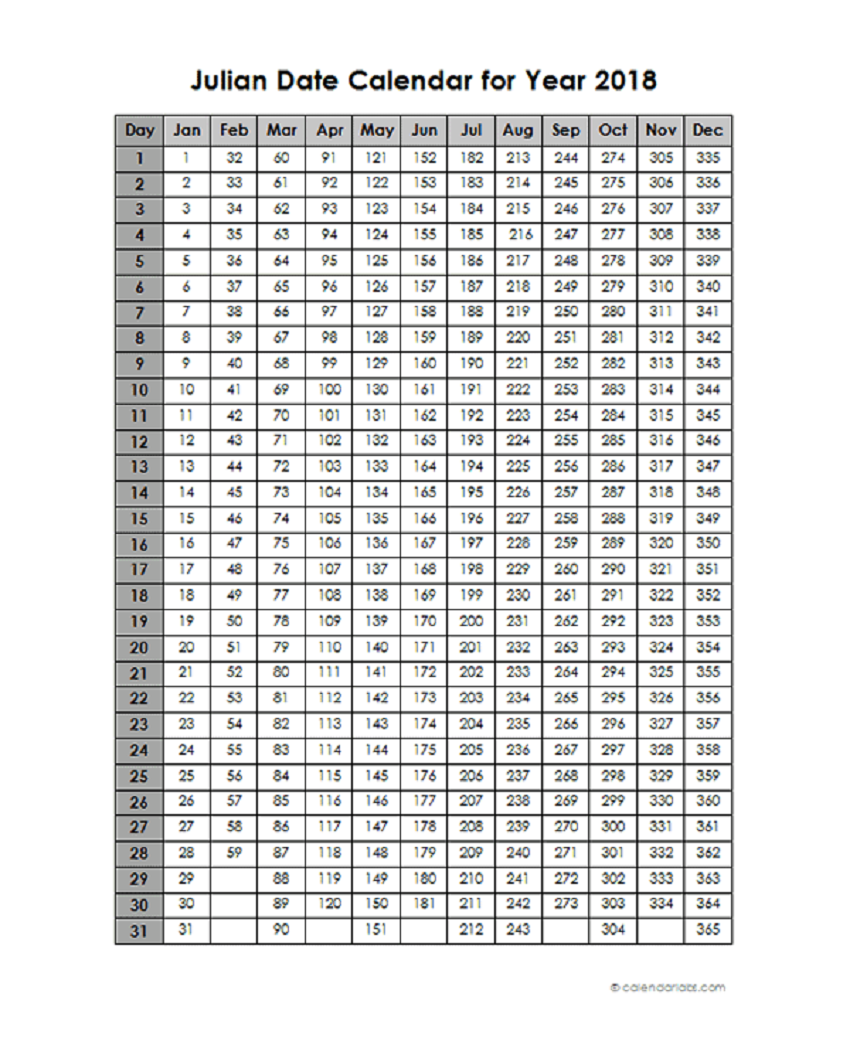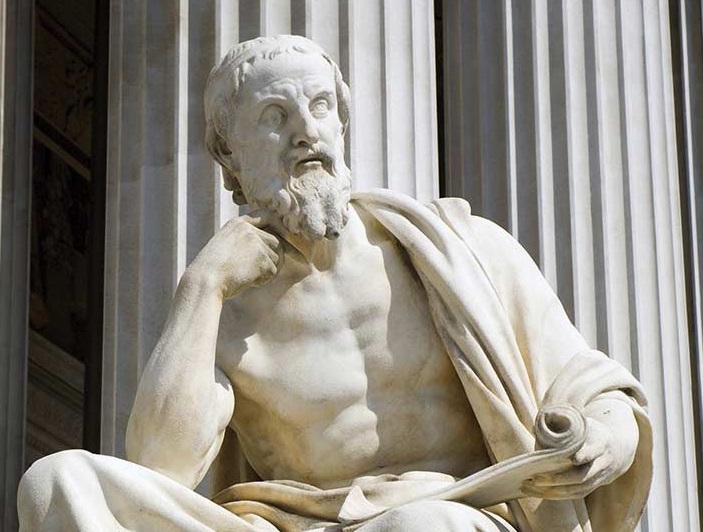Ancient Egyptian (Kemetic) Astronomy: Calendar
In the last piece, we saw how the ancient Egyptians (Kemites) carried out detailed observation of the rise and fall of the levels of the Nile river.
Most people do not know that the modern calendar commissioned by Emperor Julius Caesar in 46 B.C., can be traced back to that used by the ancient Egyptians which they developed through stellar observations around 4241 B.C.
Two major differences between the two was that: (i) the Kemites’ had three major seasons: Inundation/Autumn (July - Oct, Nile flooding), Growing/Winter (Nov-Feb), and Harvest/Summer (March-June); and (ii) theirs had 360 normal days with an additional five days at the beginning of the year.
The calendar had the following characteristics:
- 365 days in a year (10 days a week, 36 weeks in a year)
- 12 lunar months of 30 days
- 5 extra days (feast days) to allow lunar and solar calendars to align
- A New year started with the helical rising of the Sirius star.
Austrian-American mathematician and historian, known for his work on astronomy, Otto Eduard Neugebauer has termed this calendar, “the only intelligent which ever existed in human history.”
The Greek historian, Herodotus, who visited Egypt in the 5th century B.C, wrote:
“As to those matters which concern men, the priests agreed with one another in saying that the Egyptians were the first of all men on earth to find out the course of the year, having divided the seasons into twelve parts to make up the whole; and this they said they found out from the stars: and they reckon to this extent more wisely than the Hellenes, as it seems to me, inasmuch as the Hellenes throw in an intercalated month every other year, to make the seasons right, whereas the Egyptians, reckoning the twelve month at thirty days each, bring in also every year five days beyond number, and thus the cycle of their seasons is completed and comes round to the same point whence it set out."
He continued:
"They say moreover that the Egyptians were the first who brought into appellations for the twelve gods and the Hellenes took up the use of them; and that they were the first who assigned altars and images and temples to the gods, and who engraved figures on stones; and with regard to the greater number of these things they showed me by actual facts that they had happened so.”



.jpg)